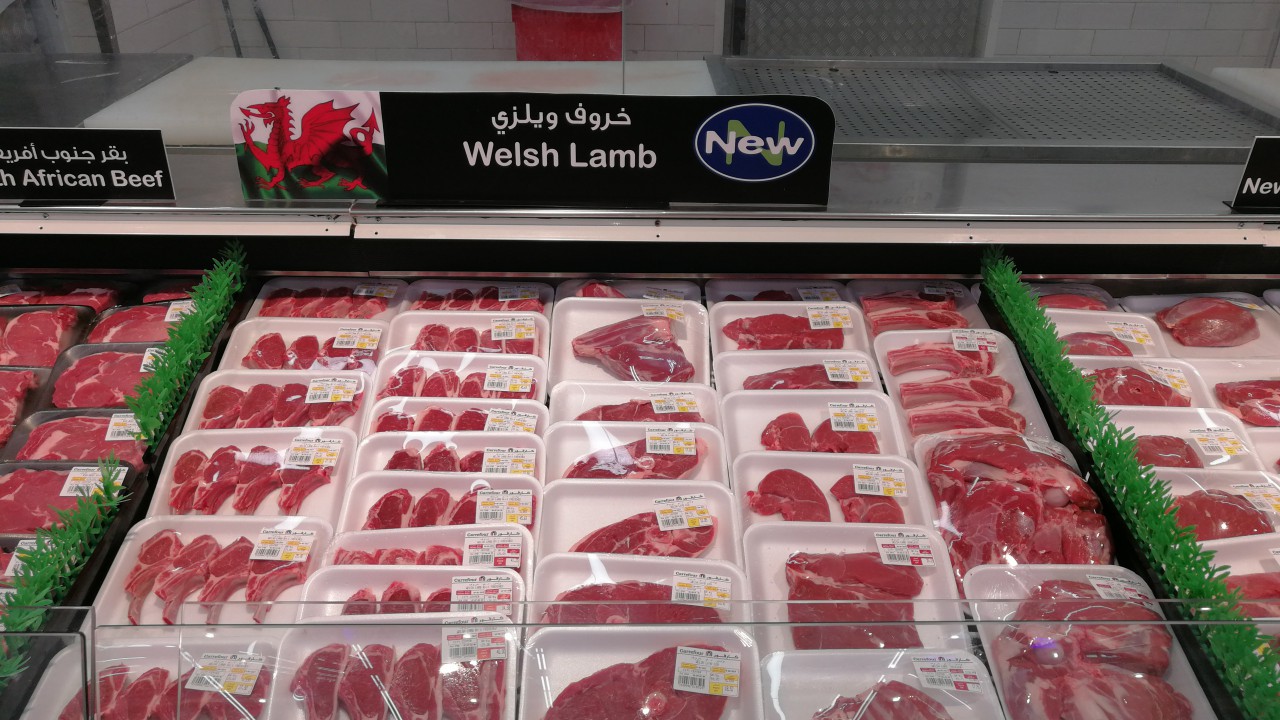The Agriculture and Horticulture Development Board (AHDB) dairy analyst Patty Clayton and her red meat colleague Duncan Wyatt have gone on the record with some predictions regarding the possible impact of Covid-19 could on their respective sectors.
They make the following points: Markets are quickly adjusting to the changes to normal consumer behaviour brought about by the spread of coronavirus.
All farms and food businesses will be impacted by the rapidly changing market conditions. How they are affected, and the severity of the impact, will vary according to the markets they operate in and their specific product mix.
The recent government advice to stay at home and avoid public places will divert foodservice and on-the-go consumption back into the home, pushing up retail purchases. It is reported that this is already happening with a surge in retail purchases of liquid milk and minced beef for example, and a drop off in the use of coffee shops and restaurants.
It is important to separate out the true uplift in retail demand caused by an increase in food and drink consumed at home rather than out of home, from the temporary uplift due to panic buying.
The latter of which has been seen in other affected countries, and in their experience is short-lived. The former is likely to be a longer move until government advice to work from home is reversed.
Processors supplying into the retail markets will see an uplift in demand; the key will be sourcing supplies, ensuring they can continue to operate and have no logistical issues with getting product to stores.
As well as servicing the increased demand from home-workers, managing the short-term panic buying demand will be challenging. This will be particularly true when the panic buying ends, and managing stocks out the back end.
A more serious situation is facing those processors who service the foodservice markets. The immediate and significant drop off in demand in this sector could mean processors are left with high stocks, and need to divert product elsewhere. The higher demand at the retail level may not provide an alternative however, as retailers often source from a single supplier.
Varied across selling channels
For dairy processors supplying foodservice markets, this could well mean an increase in milk diverted to spot markets. Against a backdrop of seasonally increasing milk supplies, revenues will be seriously reduced, and cash-flows stretched.
In red meat markets, it is the balance of the “new” supply to the retail sector against any increased retail demand which will affect the evolution of prices for finished livestock. Trade balances will also play a part, not just at a national level, but also in the new retail/foodservice balance.
Trade activity is also likely to be impacted as global demand will remain low and transport networks are disrupted. The closure of many markets around the world will slow tourism and economic growth, impacting on consumption and the retail versus foodservice balance.
Meanwhile, disruptions to transport networks, and the lack of refrigerated containers to complete shipments, are adding cost to supply chains.
Closer to home, there are not yet reports of difficulties in the transport networks, although it is reported that delivery on some orders for bulk dairy products are being delayed or cancelled. The time of year means dairy buyers anticipate further price reductions as supplies build, making it difficult to secure future sales.
Patty and Duncan conclude that, overall changes to demand can be rapid, but also varied across the different selling channels. While much of this will be temporary, the uncertainties of sales and payments will put pressure on farmers and manufacturers from a revenue and cash-flow point of view.

